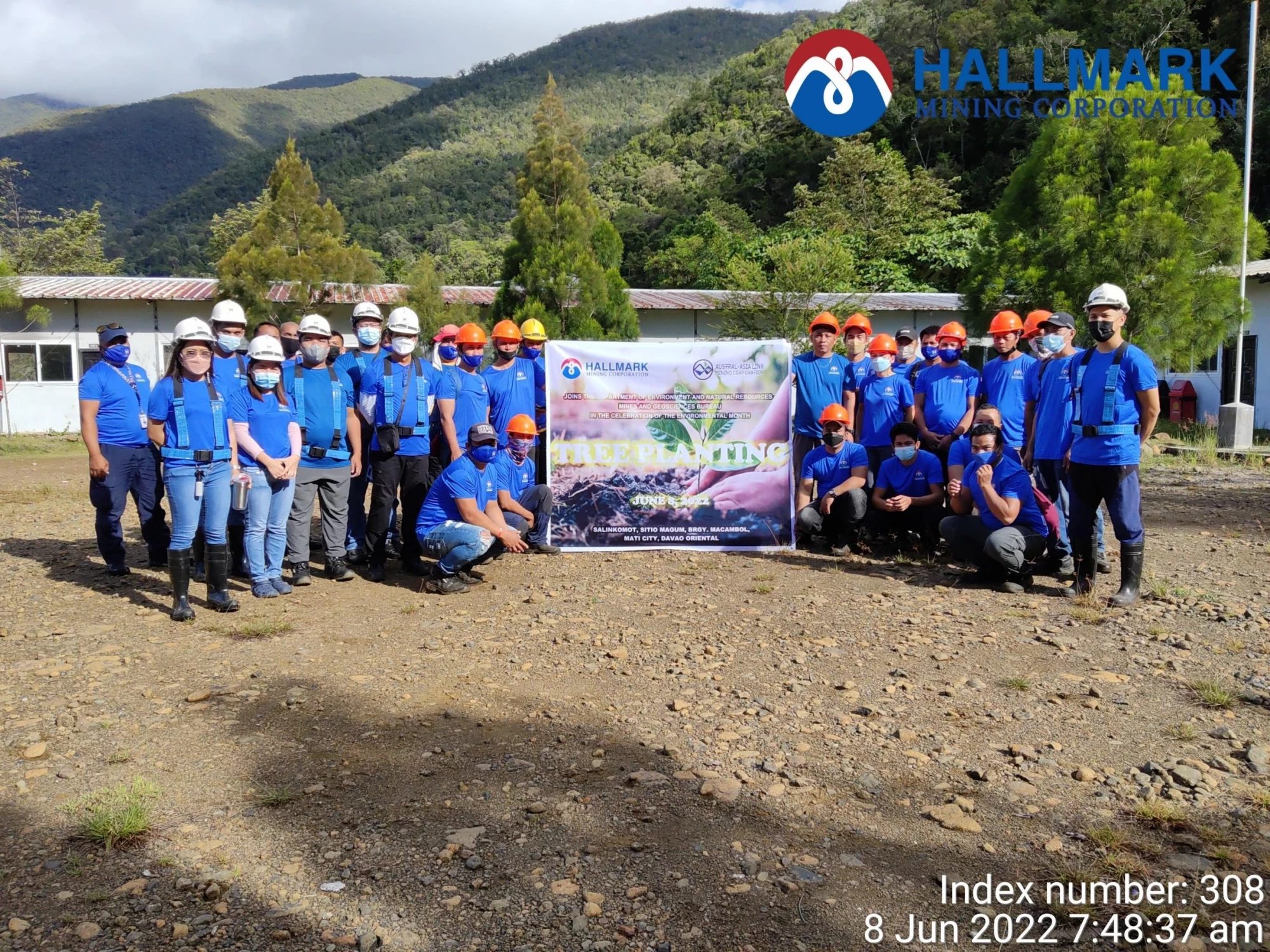Environmental Sustainability Means Nickel Sustainability

Mining, regardless of form, has some sort of impact on the environment or location where the mine operates. From extraction sites, to tailings and byproducts, and even to the human aspect of mining such as operations bases, living spaces, and office materials, mining can have a lasting impact on an ecosystem if not properly and responsibility addressed. Nickel production is not any different and a responsible nickel producer like Hallmark Mining Corporation is deeply committed to protecting the environment and the surrounding community as well as mitigating the impact of its mine in the long-term. Hallmark Mining believes that sustainable nickel production is synonymous with nickel sustainability.
According to the Journal of Geochemical Exploration sustainable mining may be defined as “the minimization of negative environmental, social, and economic impacts associated with mining and processing activities while limiting extraction to rates that do not exceed capabilities to establish new sources, substitutes, or recycle any particular material so as to not compromise potential needs of future generations.”
Growing nickel uses have driven global demand and this puts pressure on nickel production from the world’s biggest ore deposits such as Indonesia and the Philippines. Philippine nickel producer Hallmark Mining engages in a number of activities and initiatives that seek to minimize, mitigate, or rehabilitate areas impacted by its mining and exploration operations as part of its responsible mining commitment. Recently it conducted another round of tree-planting activities in the vicinity of the mine site.
There were several areas within the Mineral Production Sharing Agreement (MPSA) of nickel producer Hallmark Mining Corporation and Austral-Asia Link Mining Corporation that were studied, surveyed, and considered for the tree planting. Key among the considerations is the accessibility when it comes to monitoring, inspection, care, and maintenance. Another aspect of responsible mining is the consideration of the area’s need for environmental protection especially when it comes to soil erosion, run-off, or the potential dangers brought about by landslides. With due consultation with the company’s environmental planners the areas were determined and plans for tree planting activities were put into motion.
The team at Hallmark Mining focused on three (3) sites for the tree planting as part of its environmental initiatives aligned to sustainable nickel production. The first site is located along the foot of the hill on the northern portion of the Salinkomot Camp and its immediate vicinity. The Salinkomot Camp is the company’s primary site for nickel production. The second location determined was along the Magum River on the south of the Magum Camp. The Magum Camp is a major extraction site for the nickel producer, and it was crucial that the Magum River area is further reinforced to mitigate soil erosion and contribute to sustainable nickel production operations. The third area identified for tree planting was within the Salinkomot Central Nursery; this decision also helped ensure the continuance and sustainability of the Central Nursery in providing propagules and wildlings for future tree planting endeavors.
For this period’s tree planting activities, the choices of plant species that were to be planted were the wildlings that were already abundant in the nursery and those that were already hardened to ensure higher growth rates. These plant species included bamboo and Agoho. Agoho, also known as Agoho Pine or Ironwood, is a large, evergreen tree, tall and straight, that grows up to 20 meters high. It resembles a pine tree in appearance, and it produces a hard wood that is valuable in construction, furniture making, and the manufacture of tool handles. Agoho is also medicinal and is considered an antidiarrheal, anticancer, antibacterial, antifungal. Its seeds are considered anthelmintic, antispasmodic and antidiabetic. The selection and planting of native medicinal trees is part of the company’s sustainable nickel production efforts.
Prior to the activity, the company’s Rank and File employees dug holes at the plantation areas under the supervision of the nickel producer’s Environmental Officer and the Acting Mine Environment Protection and Enhancement Officer. The planting team then prepared the holes with stakes to support the transplanted wildlings. When the plantation sites were ready, the seedlings/propagules were hauled and positioned beside the holes for ease of planting by the participants.
Nickel production is not just about mining and ore extraction, it is also about engaging with stakeholders and the community. With that in mind, and as part of efforts towards nickel sustainability, Hallmark Mining was joined by its partners in making an impact on environmental stewardship. Overall, eleven (11) staff members of the mine operations, twenty-one (21) Rank and File employees of the company, ten (10) security guards from Meerkat Security – the company’s contracted security services provider - and ten (10) soldiers from the Philippine Army’s 66th Infantry Batallion (who are presently stationed in the Salinkomot Camp) made the project a reality. A total of six hundred eighty-eight (688) bamboo propagules and five hundred two (502) pieces of Agoho wildlings were planted. A small, but continuing step, forward for responsible mining.
Sources: Journal of Geochemical Exploration, stuartxchange.org